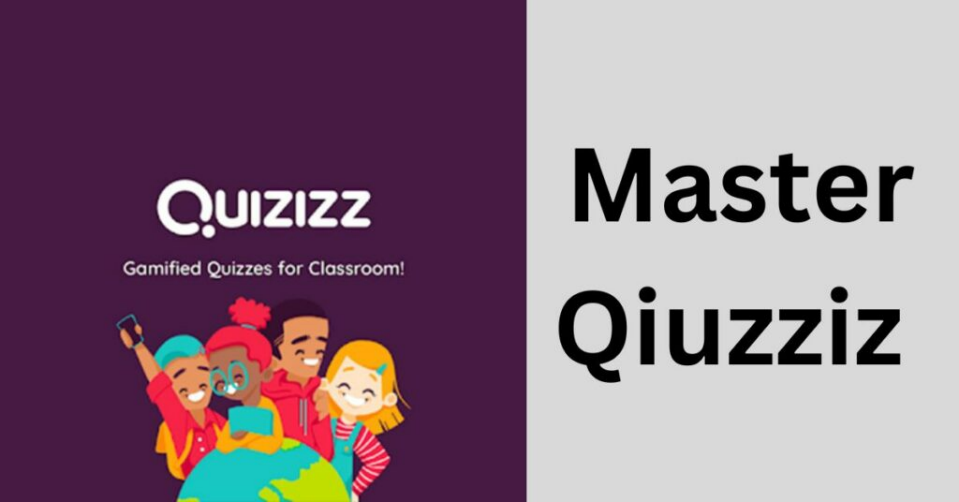Imagine the feeling of watching a movie with a gripping opening scene, one that leaves you on the edge of your seat and eagerly waiting for what happens next. Now, imagine having that same power in your college writings.
When it comes to writing, the hook is the make-or-break moment to make the readers curious and keep them engaged. It is typically the first sentence or a group of sentences in an essay, article, or any other written piece and sets the tone for the rest of the content. For students, writing a hook can be a fun and creative way to express their thoughts and ideas, and make their writing stand out from the crowd. Whether you’re crafting a novel, writing a blog post, or need help writing essay paper, having a hook that entices the reader is key. So, if you’re ready to up your writing game and start crafting hooks like a pro, read on!
Types of Hooks
There are various types of hooks to explore, each with its own unique style and purpose. Knowing how to use them effectively can take your writing to the next level.
- Surprising fact hook
Starting an unexpected or little-known fact is one way to gain the immediate attention of your readers.
Example: “The average reader will decide within the first 7 seconds whether or not to continue reading your piece – that’s the power of a hook.”
- Statistic hook
It uses numbers or data to make an impressive point.
Example: “A recent poll said that about 17% of US teens miss their homework due to slow internet speed.”
- Metaphor hook
Metaphors and similes are literary devices that allow writers to describe something in a creative and impactful way by comparing it to something else. This can be done by using the words “like” or “as.
Example: “Writing without a hook is like trying to drive a car with a flat tire – you’ll get nowhere fast.”
- Personal story hook
Telling a personal story or anecdote can be a great way to engage your reader and add a human element to your writing.
Example: “I’ll never forget the day I stumbled upon the most amazing book in the library. It was one of those moments that changed my life forever.”
- Quote hook
Using a relevant quote can add depth and credibility to your writing.
Example: “As Mark Twain once said, ‘The secret to getting ahead is getting started.'”
- Question hook
Asking a thought-provoking question can get your reader thinking about your topic and make them want to keep reading.
Example: “Have you ever wondered what it would be like to live in a world without the internet in the 21st century?”
- Bold statement/claim hook
The writers of eduhelphub say that making a bold statement or claim can challenge your reader’s assumptions, and traditional notions and spark a debate about the purpose and effectiveness of the topic.
Example: “Writing without a hook is like trying to drive a car with a flat tire – you’ll get nowhere fast.”
- Description hook
It is a type of hook that draws the reader in by describing a scene, person, or object in vivid detail. The aim is to create a visual picture in the reader’s mind and evoke emotions.
Example: “The sun was setting behind the mountains, casting a warm golden light across the valley. It was a scene that took my breath away.”
- Call to action hook
Asking your reader to take a specific action can make them feel more invested in your topic.
Example: “Join the movement to help save our planet by reducing waste, conserving energy, and using sustainable products. Together, we can make a difference.”
Conclusion
A hook is an essential component of any piece of writing and is a crucial part that determines whether your reader will keep reading or not. But it is just the beginning of your story. So, put in some extra effort to make your hook as interesting and captivating as possible. Get writing prompts from https://managementpaper.com/, be creative, experiment with different types of hooks, and keep honing your skills until you’ve got a hook that’s impossible to resist.



